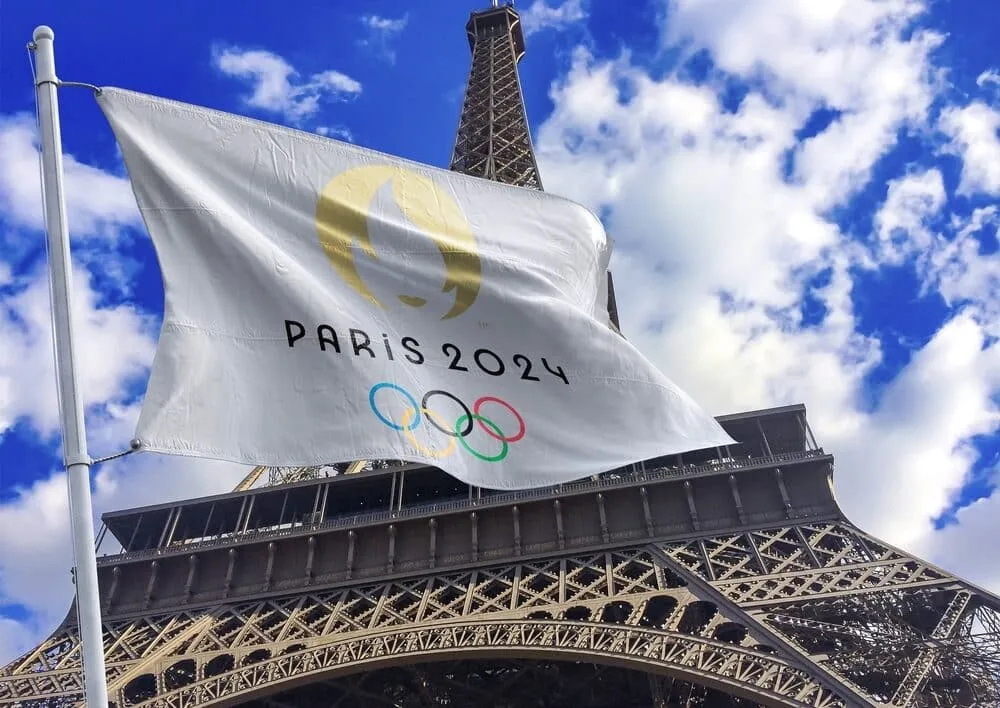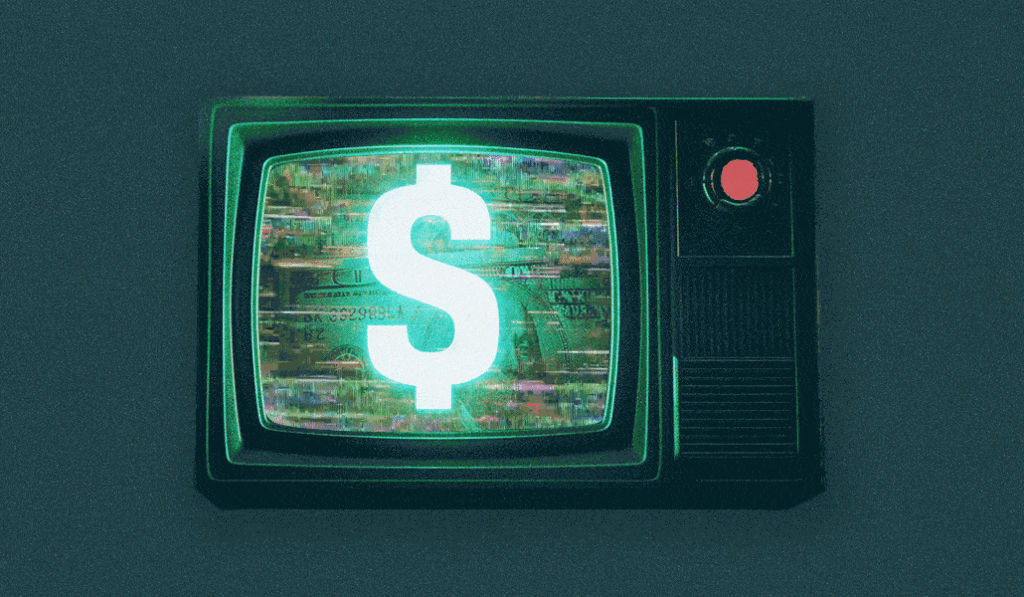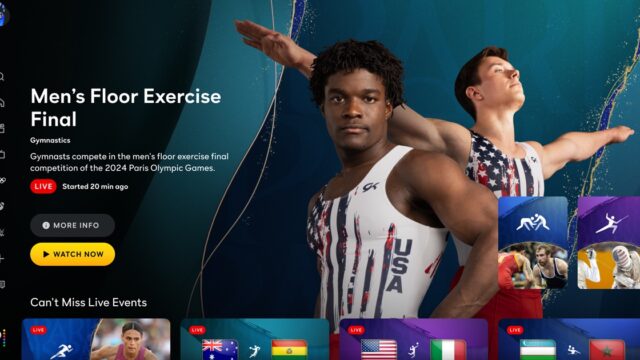Athletes are not the only ones participating during the Paris Olympics. Advertisers are competing to reach tens of millions of viewers during the first programmatic Olympic Games.
NBCUniversal is programmatically selling ad inventory on Peacock for the 2024 Paris Olympics. The sole exceptions are the highly anticipated opening and closing ceremonies. Commercial space is only offered through private marketplace arrangements through The Trade Desk and FreeWheel.
Although the majority of Olympic inventory will still be sold directly, programmatic is attracting a big number of new advertisers that previously lacked the resources or budget to obtain media during the games, according to Alison Levin, NBCU’s president of advertising and partnerships.
During a June trial run to test programmatic ad buying, Levin told AdExchanger that nearly every advertiser who purchased was unfamiliar with the Olympics. According to NBCU, 70% of brand sponsors and advertisers are new since the Games began.
Still, creating and maintaining ad campaigns for live sports is a difficult task. Pricing, pace, and targeting are all significantly different for programmatic buys versus standard insertion orders.

The Cost of Programmatic Success
In the case of the Olympics, one clear advantage of programmatic is that it lowers the barrier to entry for live sports advertising.
Media purchasers can now choose from private marketplace packages (PMPs) offered by The Trade Desk and FreeWheel. The All Olympics package, which includes live events and replays on Peacock and the NBC Sports app, has a CPM floor of $60. The Olympics Highlights package, which includes news coverage and replays, starts at $40 CPM.
However, one should never accept a floor price at face value, especially when it comes to Olympic inventory. Brands flooding in to compete for the opportunity to reach tens of millions of viewers raises the floor price. PMP floor prices increased by double digits during NBCU’s Olympics programmatic buying trial period in June, according to Levin.
READ MORE: Snapchat Introduces New AR Experiences For The 2024 Olympics
If impressions get too pricey, they lose value since a buyer can only afford so much reach and frequency, according to Tom Morningstar, SVP and performance lead at Kinesso, which is owned by IPG.

“You don’t want a campaign to come out with $150 CPMs,” the advertiser remarked. This means that programmatic purchasers should keep a careful check on their bidding parameters and set maximum bids.
Why Retailers Lock Up Branded Items; Walking Before They Crawl
Aside from that, Morningstar stated that buyers must select how much they want to spend on a place during the Olympics. According to The Trade Desk, around 55% of programmatic marketers have spent less than $5 million.
“It’s really about making sure costs don’t exceed expectations,” Morningstar explained, which, of course, varies per brand. Some brands may be willing to pay high CPMs in exchange for a presence throughout the Olympics.
READ MORE: Comcast NBCU Will Provide A Free Olympics Stream For The Military Community
Although bids for Olympic inventory have high CPMs, the overall cost of a programmatic campaign may be substantially lower than what advertisers would spend if they obtained their content directly, according to FreeWheel’s chief product officer, David Dworin.

Buyers can also control their expenditure by establishing appropriate pacing criteria, according to Dworin.
Pace yourself—and your ad campaign.
Campaign pacing has historically been a problem in live sports advertising because bespoke ads have a shorter campaign period, such as a specific sports season or championship, rather than a long-term play.
This is especially true with the Olympics, which only last 17 days. “It’s a very compressed timeline, [which] is a very different way of buying [programmatic],” explained Verna De Jesus, The Trade Desk’s VP of inventory development.
READ MORE: Peacock Will Use AI-Powered Announcers With The Voice Of Al Michaels During The Olympics
According to De Jesus, one method to manage pace for sporting events like the Olympics is to plan and buy TV campaigns independently from other digital platforms such as social media, where businesses may wish to capitalize on debates and anticipation about the Games long after the closing ceremony has ended.

She believes that frequency capping should be different for TV in order to ensure that a live sports campaign runs smoothly over a shorter period of time. That way, brands can ensure they aren’t trading reach for frequency.
Buyers should also collaborate with ad servers that can detect and optimize for traffic spikes caused by a large number of people watching an event at the same time, according to Dworin. Otherwise, he noted, an advertiser may meet its daily pacing targets too early, missing out on the opportunity to reach more people with their messaging.
However, De Verna stated that programmatic purchasers may and should evaluate cross-channel campaigns in a single location for measurement and reporting purposes. A cross-comparison helps purchasers see how much incremental reach they’re gaining by reaching consumers on TV who didn’t see their ad online (or vice versa).
According to De Jesus, incremental reach is one of the most important indicators for live athletic events such as the Olympics.
Targeting Olympic advertisements

However, there are certain drawbacks to buying programmatically during a live event like the Olympics, such as the lack of control over where their ads appear.
Direct purchasers can book spots in their preferred sport ahead of the Games, but programmatic marketers cannot target specific sports or events, according to Levin.
The rationale is that programmatic ad availability is less predictable. Matches or events can run overtime, and traffic spikes caused by a large number of individuals watching the same event at the same time can result in random bursts of ad availability.
The absence of targeting control in live sports, however, is not necessarily a deterrent for advertisers looking to employ programmatic to produce as many impressions as possible, according to Morningstar.
Buyers do have some power, including audience-based targeting – to a certain extent.
“It’s very difficult to get first-party data into a direct IO,” Morningstar said. However, programmatic makes it easier to use first-party data to live sports campaigns, including the Olympics.
According to Morningstar, programmatic platforms like The Trade Desk also integrate information from third-party data sources, allowing businesses to construct more targeted segments such as consumers in the market for a car, those seeking to plan their next trip, or women aged 18-49.
Although the Olympics are primarily a mass reach play for advertisers, this audience does have specific preferences. According to NBCU, Paris Olympics viewers are 24% more likely to be in the market for a new car than the general public. As a result, car marketers have seen an average of 52% more incremental brand search over the last year than a benchmark of auto advertisers on cable and broadcast.
Olympic programmatic advertisers can thus access quality sports programming at a lesser cost than traditional linear TV.
In other words, it may not be long before other marquee sporting events adopt programmed approaches.
Radiant TV, offering to elevate your entertainment game! Movies, TV series, exclusive interviews, music, and more—download now on various devices, including iPhones, Androids, smart TVs, Apple TV, Fire Stick, and more.


